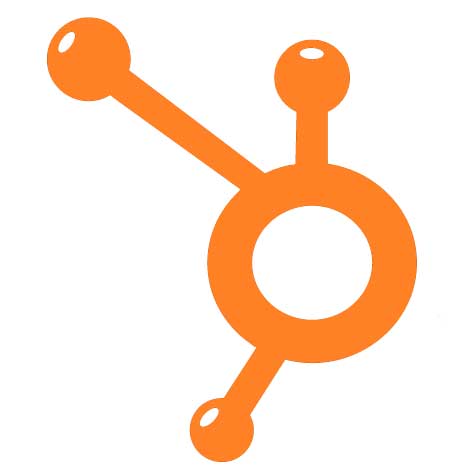 In a recent article posted on The Lookout we have learned that over the last year, several Midwestern states led the pack in reducing their jobless rates. And behind that trend is an emerging body of evidence that supports a much more optimistic view not just of the industrial Midwest region, but of the future of U.S. manufacturing.
In a recent article posted on The Lookout we have learned that over the last year, several Midwestern states led the pack in reducing their jobless rates. And behind that trend is an emerging body of evidence that supports a much more optimistic view not just of the industrial Midwest region, but of the future of U.S. manufacturing.
One of the key ingredients for manufacturing companies to maximize this growth can be through successfully transitioning from tactical to strategic finance. This transition takes a combination of new skills and new tools. ERP solutions can contribute to this transformation by automating tedious transactional efforts and by providing tools that simplify strategic and predictive analysis.
- Automated Transaction Processing - ERP systems provide modules that automate the management of all aspects of finance, including general ledger, purchase orders, accounts payable, order entry, accounts receivable, and many others. These automated modules reduce labor-intensive manual transactions; for example, they might automatically match an invoice to a purchase order. Because these modules share a common database, they eliminate redundant data entry; for example, customer data entered for an order can be automatically used on the invoice. Data from transactions, moreover, can be used for a full range of financial reporting. Such automation increases turnaround speed and reduces errors. Automated capabilities free finance to shift its focus from low-value manual activities to high-value analysis and a role as a strategic business partner.
- Regulatory Compliance - ERP systems simplify the management of compliance efforts by supporting reporting requirements for regulations such as Sarbanes Oxley. Many ERP solutions also have features and functionality that support the transition to IFRS, including configuration options to ensure that transactions are processed and accounts are kept in compliance with the local rules the business happens to operate under.
- Consistent, Accurate, and Real-Time Visibility Across the Enterprise - To fully assess the operational situation of the company, finance needs information that is complete, timely, and accurate. This information must span not only finance, but also all other areas of the business, including data about customers and vendors, inventory levels and history, warehouse information, project costing, purchase and sales order information, and payroll data. In highly siloed environments, information might take several days to reach the finance department. Manual processes open the door to error when transferring data or rekeying entries. ERP solutions that include a data repository can integrate and consolidate information from disparate, transaction-oriented business management applications throughout the business and distribute that data to key finance staff anytime, anywhere. By unifying all of the enterprise data, organizations can achieve a true view of their business.
- Analytic Support - As finance organizations spend less time on manual transaction processing, they have more time to spend on business analysis to identify current trends, forecast future results, and perform other analysis of business opportunities that can take the company to the next level. But they need analytical tools to do so.
The right ERP will include analytical and investigative tools such as scorecards and dashboards that instantly summarize the health of the business. Finance can use these tools to quickly evaluate and communicate the company’s financial position and strategic goals, detect hidden problems, and make informed business decisions.
An ERP that is easy to use and customizable also allows organizations to quickly build the key performance indicators (KPIs) most useful to their business and then use them to define specific performance measures for their organization. KPIs can also deliver benchmark data from prior years or similar organizations, making it easy to see how current or projected performance compares with these measures. - Predictive Analysis - ERP solutions also provide predictive analysis capabilities that can help a finance organization rapidly project the impact of current events or various future scenarios on each part of the business. Predictive analysis capabilities within ERP solutions include:
- “What-if” analysis capabilities—for example, what would be the impact of reducing your receivables from 70 to 60 days? What is the impact of a price increase if it reduces sales volume?
- “Goal seeking,” which helps achieve strategic business goals by identifying the most sensitive financial variables and displaying them in priority order. For example, what strategy can you employ to improve your cash flow from a $125 million loss to breaking even?
- Budget or forecast reports.
By performing these types of analysis, finance can provide business leaders with an understanding of the factors that can impact future results so they can position the company to maximize the opportunity or mitigate the risk.
Conclusion
ERP solutions automate and simplify transaction processing, leaving finance teams more time to devote to strategic efforts. At the same time, data repositories and integrated capabilities for analyzing transactional information allow finance to better determine the potential financial impact of business decisions, develop key performance indicators, and track actual performance against goals. Using these tools, finance teams are better able to advise CEOs and business unit leaders on the financial impact of business decisions. As a result, businesses have a better understanding of which activities to pursue in order.


 © 2019 PositiveVision • 219 E. Thorndale Ave. Roselle, IL 60172
© 2019 PositiveVision • 219 E. Thorndale Ave. Roselle, IL 60172